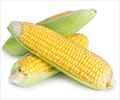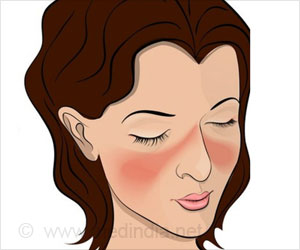Corn-derived anthocyanins remain stable in food products and can be used to produce purple and blue corn varieties.

‘Anthocyanin content was highest in Peruvian types and would be used to produce the blue and purple corn as they held up throughout multiple generations.’





Juvik and an interdisciplinary team have been experimenting with purple and blue corn varieties, noting that health-promoting pigments known as anthocyanins are located in the outer layers of the corn kernel. That makes a big difference, economically. "You can process corn in different ways to remove only the outer layer. The rest can still be fed into the corn supply chain to make ethanol or grits or any of the other products corn is already used for. That outer layer becomes a value-added co-product," Juvik says.
The team has covered a lot of bases since the $1.4 million project began in 2014. For example, they identified the optimal milling process and demonstrated that corn-derived anthocyanins remain stable in food products. What's left is to find the most potent sources of the pigments for future corn breeding.
In a recent study, Juvik and his colleagues looked at anthocyanin type and concentration in nearly 400 genetically distinct lines of colored corn. They grew these lines in Illinois to see if anthocyanin concentration stayed constant from generation to generation - a critical quality for breeding new varieties.
Peruvian types had some of the highest anthocyanin concentrations, and they held up throughout multiple generations. "That's good news. It means we can select for the trait we're interested in without worrying whether it will be expressed in new environments," Juvik says.
Advertisement
Source-Eurekalert











